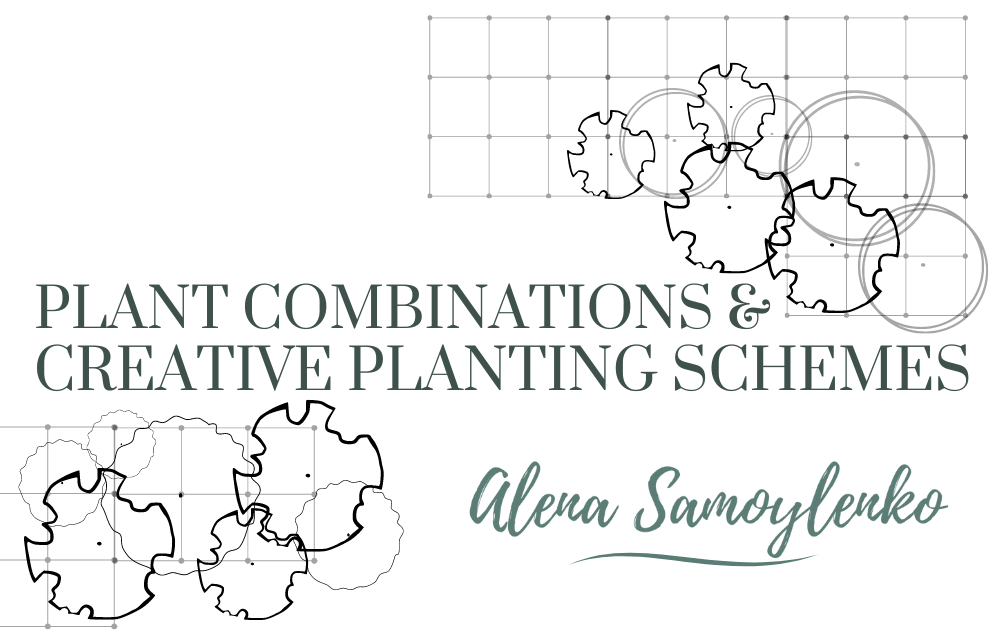The tall, graceful spikes of lavender-blue flowers that adorn Perovskia atriplicifolia are a delightful addition to any garden, casting a cool, airy cloud of color from mid- to late summer. As gardeners, we’re often drawn to the allure of this charming plant, perhaps even purchasing a few seedlings to grace our own outdoor spaces. However, once we have our Perovskia in hand, the next question arises: where exactly should we plant it, and what companions will best complement its beauty, allowing it to truly shine?

Where to Plant Perovskia atriplicifolia (Russian Sage): Native to Central Asia and Tibet, Perovskia thrives in dry plains, making it remarkably hassle-free and drought-tolerant. To unlock its full potential, provide Perovskia with the sunniest spot in your garden—more sun means better growth. If you have sandy soil, don’t fret; Perovskia atriplicifolia will easily grow in these conditions.
Additionally, like many heat-loving plants, Perovskia is prone to dampening off rather than freezing out (USDA Zone 4-9). To prevent moisture stagnation around the root collar, plant it on a slight slope where water doesn’t accumulate during fall rains and snow melts quickly come spring.
In summary, Perovskia thrives in full sun, well-drained soil, and detests stagnant moisture. Its aromatic nature also deters deer, making it an excellent choice for open areas frequented by these animals.
Now, let’s explore companion plants that not only accentuate Perovskia’s virtues but also thrive in similar growing conditions.
Note: Today, there are various varieties of Perovskia available, each differing in height and width. For simplicity, all examples provided will feature the variety Perovskia ‘Blue Spire’, a favorite and commonly found option. If you have a different variety, be mindful of the dimensions of the bush and adjust the placement of companion plants accordingly.
Play on Contrast in Color: Perovskia pairs beautifully with plants boasting large, bright flowers, creating a striking visual contrast in the garden. Some of my favorites include Echinacea purpurea ‘Rubinstern’, Rudbeckia fulgida ‘Goldsturm’, Leucanthemum x superbum (Shasta Daisy), Aster x frikartii ‘Mönch’, and Achillea ‘Coronation Gold’.




Perovskia serves as an ideal companion for roses, offering a delightful blend of airiness and delicate color that gracefully complements any variety of roses. If you’re unsure of which plant to pair with a vibrant rose in your garden, Perovskia is the perfect solution. Take, for instance, the striking Jubilé du Prince de Monaco—a favorite among gardeners. However, finding the right companions to complement its brilliance while maintaining harmony in the garden can be challenging. Perovskia effortlessly fulfills this role, providing a beautiful backdrop that enhances the individuality of your roses without overwhelming them with contrasting shades.


What’s more, while many companion plants in rose gardens, like salvias and catnip, bloom in early summer, Perovskia steps in to add a touch of lightness from the second half of the season onwards. However, it’s important to note that Perovskia can become leggy if exposed to excessive nitrogen fertilizer, especially when grown near roses receiving rich organic and mineral supplements. To prevent this, consider a light pruning at the end of May using the “Chelsea Chop” method, encouraging lateral growth and ensuring bushier, healthier plants.
Playing on Contrast Based on Flower Structure: For a more subdued arrangement, consider pairing Perovskia ‘Blue Spire’ with Echinops ritro ‘Veitch’s Blue’. While both plants share similar shades, their differing flower structures create an intriguing contrast, allowing each to showcase its unique beauty.

Play on Contrast Based on Leaf Structure and Flowering Periods: Perovskia, known for its midsummer to late autumn blooms, creates an excellent opportunity to pair with companion plants that flower earlier in the season. One striking combination is Perovskia with Bearded Iris. While Perovskia takes center stage later in the summer, Bearded Iris blooms from late May to early June, offering a beautiful contrast against the young shoots of Perovskia. Ensure the irises receive plenty of sunlight to thrive and showcase their vibrant blooms alongside the graceful presence of Perovskia.


Another option is pairing Perovskia ‘Blue Spire’ with Verbascum ‘Helen Johnson’. While their flowering periods may not overlap, their contrasting leaf structures create visual interest in the garden landscape.



If space permits, consider incorporating plants in your flower garden that offer contrasting colors, flower structures, and blooming times. Additionally, select plants that complement each other’s foliage textures, adding depth and visual interest to your garden throughout the seasons.

I hope this guide has provided you with valuable insights on where to plant Perovskia and what plants to combine it with for a stunning garden display. If you found these planting schemes helpful, be sure to explore my Workbooks, which are available for download here – https://alena-samoylenko.com/downloads/
These resources offer additional tips, plant combinations, and garden design ideas to enhance your gardening experience. Happy gardening!





Leave a Reply